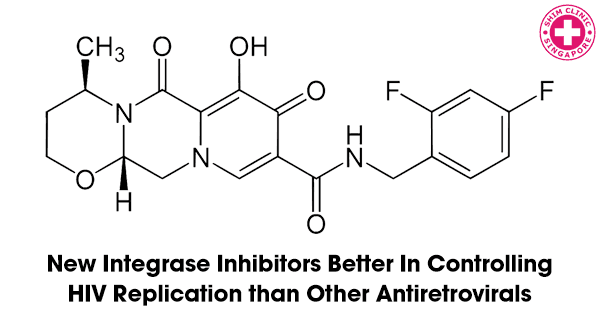Experts in the HIV field have made major strides in dealing with the virus that causes AIDS and they are still working on developing a preventive vaccine and cure. One of the major developments in this field has been the antiretroviral agents that control HIV replication.
The NEXTAIM project has put together opinions of several experts on the effectiveness and safety of recently approved second generation of integrase inhibitors in antiretroviral therapy. The findings of the review were published in New Microbiologica publication. The experts agree that the availability of new integrase inhibitors offers great opportunities to improve the effectiveness of combination antiretroviral therapy (cART) in controlling HIV replication. The integrase inhibitors make it possible to personalize treatment and they have better toxicity and are more tolerable. This means that the patients get to finish the dose as required thus increasing the efficiency of the drugs.
How Integrase Strand Transfer Inhibitors (INSTIs) Rank in Performance
The NEXTAIM project reviewed the new integrase strand transfer inhibitors (INSTIs) and explained their superiority in performance. The experts reported that the three INSTIs (RAL, EVG and DTG), recently introduced in clinical practice, have proven to be efficient in suppressing viral load in patients with high levels of HIV-1 replication. The INSTIs contain an integrase enzyme that is essential for retroviral replication. The INSTIs also do not contain a host-cell equivalent of integrase which means that the INSTIs will not interfere with normal cellular processes increasing their efficacy.
The experts took a look at the use of INSTIs for both Post-exposure prophylaxis (PEP) and Pre-exposure prophylaxis (PrEP). According to the experts, in both cases the ideal drug should prevent the infection of cells when exposed to HIV, or prevent the virus replication cycle preventing establishment of HIV infection rather than limiting infection. The other important characteristics for both PEP and PrEP ideal drug is safety, tolerability, and adequate penetration into target tissues, convenient dosing, and few potential drug-drug interactions. The experts explained that currently available INSTIs have many of these characteristics and are currently recommended in first line regimens for PEP and PrEP as they are better tolerated and show no relevant drug to drug interactions.
Expert Recommendations
In the review, the experts also addressed the use of INSTIs in the primary infection treatment. The experts explained that even though there are no controlled studies for this scenario, several clinical trials found that a triple therapy with INSTIs presented high efficacy in a subgroup of patients with high viral load of above 100,000 copies/mL. The experts are of the opinion that due to the demonstration that INSTIs may prevent viral replication faster, it is safe to assume that the INSTIs are more effective than other antiretroviral.
The experts also acknowledge that new antiretroviral agents such as the INSTIs offer the opportunity to maintain or promote CD4 T cell increase and a prompt and durable HIV-1 suppression. They also open up the opportunity to treat HIV-1 with a minimal impact on renal function, metabolic disturbances and bone metabolism with minimal hepatotoxicity.
From the project, the opportunities provided by INSTIs should clearly not be ignored. The INSTIs offer the HIV field something to think about and maybe with further research they could be adopted as the main antiretroviral.
The research paper can be found here: http://www.newmicrobiologica.org/PUB/allegati_pdf/2015/4/443.pdf

